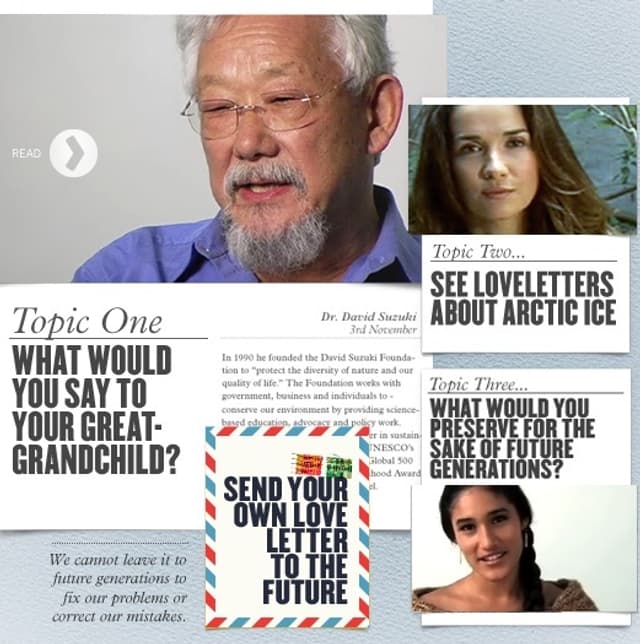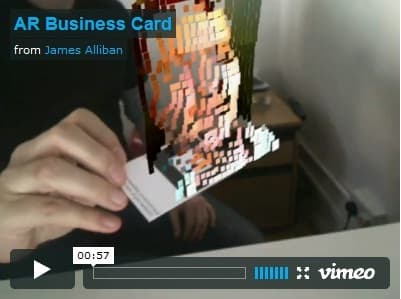Augmented reality: the latest craze to hit the world of flashmobs
- Written by
- Lucy Innophoria
- Added
- November 18, 2010
 View original image
View original image
Hi everyone, Last April, a friend of mine travelled to Amsterdam to take part in the latest craze to hit the world of flashmobs – augmented reality.
Armed with just an iPhone and a couple of nifty downloads, he joined several other ‘enthusiasts’ (some might say ‘crazies’) in Dam Square where, through the viewfinder on their smartphones, they watched a crowd of cartoon super-heroes come to life before their very eyes.
For those of you who haven’t heard of it yet, augmented reality enables you to download fictional ‘layers’ (including tourist information, directions to the nearest subway station and even superheroes) and then observe these layers within the context of your immediate reality, using a computer or the camera viewfinder on your mobile phone.

Virtual reality is nothing new. The first examples can be traced all the way back to the 1950s. The Sensorama, a virtual reality machine and the first real example of virtual reality as we know it today, gave viewers a complete virtual experience using 3D images, a body-tilting chair and stereo sound. Wind and aromas were even wafted on to them during the film to complete the experience.
 View original image
View original image
Today, thanks to smartphone technology, augmented reality is much easier to access, use and enjoy. My favourite augmented reality app of the moment is ‘Le Bar Guide’, a particularly useful application for when you’re dying for a cocktail after a stressful meeting. All you have to do is go outside, lift up your smartphone and you can immediately see the exact location of the bars in your area. It will even show you where the nearest taxis are on your way out.
Another useful augmented reality application, especially for those of you who, like me, work from home a lot, is WorkSnug. This iPhone app will identify Wi-Fi hotspots and potential workplaces, including coffee shops and rent-a-desk spaces for digital nomads in London (coming soon to other cities around the world).
As far as the social sector is concerned, the potential for augmented reality technology is huge and most organisations have yet to investigate this digital phenomenon.
An organisation that has, however, been quick to jump onto the bandwagon is WWF China with their award-winning campaign, ‘Wildlife’s fate is in your hands’. This campaign invites people to download an augmented reality layer from the organisation’s website onto their smartphones. Users can then look through the viewfinder on their mobile phones to see a bear interacting with the user’s local environment. This amazing campaign enables potential supporters to get a very real insight into the problems being faced by displaced wildlife and see exactly how these animals cope (and fail to cope) outside their natural habitat. And don’t think that this campaign was mere novelty – within just two weeks of its launch, WWF China saw its membership rates double and hits to the organisation’s website reached 535,000.
Augmented reality elements were also used in Greenpeace International’s Love letters to the future campaign, a programme in which users can send messages to a future population suffering the effects of climate change and interact with Maya, a representative from the future.
And it’s a lot easier than you might think. Last week, I stumbled across some great augmented reality business cards which, using a combination of a simple smartphone layer and a QR code, really bring the card alive.
This really inspired me to think about how augmented reality could boost so many aspects of our work. Could you imagine, for example, how engaging it would be for potential supporters to receive a piece of direct mail or a charity newsletter with an augmented reality aspect, enabling them to get a virtual experience of our organisation or our work? I’d certainly want to find out more…
If anyone else has any ideas about how to implement augmented reality into an organisation’s programmes, it’d be great to start a discussion in the comments section of this post. Or let me know on my Facebook page.
Don’t forget to check back next month for the festive edition of my article. And stay tuned for www.innophoria.com, my game that is coming soon…
Love
Lucy xx

















